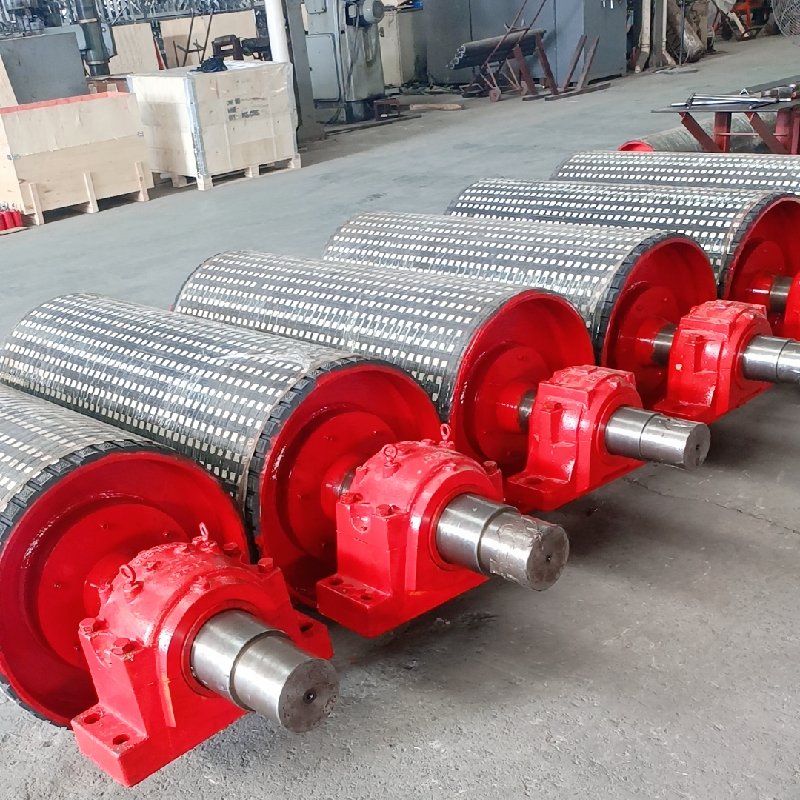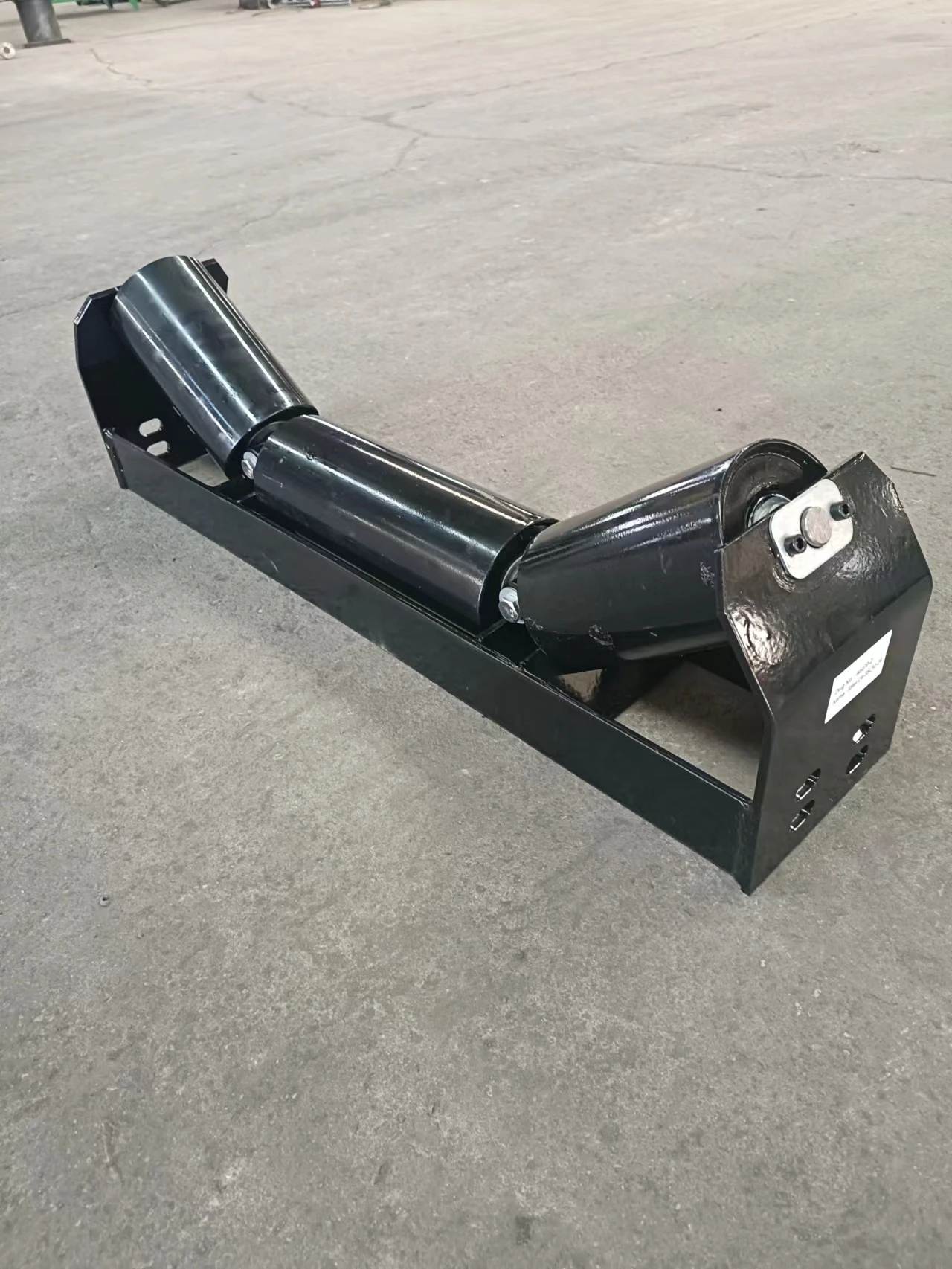 Afrikaans
Afrikaans  Albanian
Albanian  Amharic
Amharic  Arabic
Arabic  Armenian
Armenian  Azerbaijani
Azerbaijani  Basque
Basque  Belarusian
Belarusian  Bengali
Bengali  Bosnian
Bosnian  Bulgarian
Bulgarian  Catalan
Catalan  Cebuano
Cebuano  Corsican
Corsican  Croatian
Croatian  Czech
Czech  Danish
Danish  Dutch
Dutch  English
English  Esperanto
Esperanto  Estonian
Estonian  Finnish
Finnish  French
French  Frisian
Frisian  Galician
Galician  Georgian
Georgian  German
German  Greek
Greek  Gujarati
Gujarati  Haitian Creole
Haitian Creole  hausa
hausa  hawaiian
hawaiian  Hebrew
Hebrew  Hindi
Hindi  Miao
Miao  Hungarian
Hungarian  Icelandic
Icelandic  igbo
igbo  Indonesian
Indonesian  irish
irish  Italian
Italian  Japanese
Japanese  Javanese
Javanese  Kannada
Kannada  kazakh
kazakh  Khmer
Khmer  Rwandese
Rwandese  Korean
Korean  Kurdish
Kurdish  Kyrgyz
Kyrgyz  Lao
Lao  Latin
Latin  Latvian
Latvian  Lithuanian
Lithuanian  Luxembourgish
Luxembourgish  Macedonian
Macedonian  Malgashi
Malgashi  Malay
Malay  Malayalam
Malayalam  Maltese
Maltese  Maori
Maori  Marathi
Marathi  Mongolian
Mongolian  Myanmar
Myanmar  Nepali
Nepali  Norwegian
Norwegian  Norwegian
Norwegian  Occitan
Occitan  Pashto
Pashto  Persian
Persian  Polish
Polish  Portuguese
Portuguese  Punjabi
Punjabi  Romanian
Romanian  Russian
Russian  Samoan
Samoan  Scottish Gaelic
Scottish Gaelic  Serbian
Serbian  Sesotho
Sesotho  Shona
Shona  Sindhi
Sindhi  Sinhala
Sinhala  Slovak
Slovak  Slovenian
Slovenian  Somali
Somali  Spanish
Spanish  Sundanese
Sundanese  Swahili
Swahili  Swedish
Swedish  Tagalog
Tagalog  Tajik
Tajik  Tamil
Tamil  Tatar
Tatar  Telugu
Telugu  Thai
Thai  Turkish
Turkish  Turkmen
Turkmen  Ukrainian
Ukrainian  Urdu
Urdu  Uighur
Uighur  Uzbek
Uzbek  Vietnamese
Vietnamese  Welsh
Welsh  Bantu
Bantu  Yiddish
Yiddish  Yoruba
Yoruba  Zulu
Zulu Feb . 19, 2025 08:20
Back to list
pulley lagging rubber
When delving into the world of industrial machinery, the importance of specific components becomes undeniably crucial. Pulley lagging rubber is one of these components, often overlooked but essential in improving the performance and longevity of conveyor systems. This innovative material clings to the surface of pulleys, reducing slippage, enhancing friction, and offering protection against wear and tear, which can lead to significant efficiencies and cost savings.
Investing in high-quality pulley lagging rubber can lead to substantial improvements in system efficiency. Reduced belt slippage means more consistent speeds and decreased energy consumption, directly impacting operational costs. With lesser instances of unplanned downtime due to belt failure, companies can maintain productivity levels and meet project timelines more reliably. Pulley Lagging Rubber and Environmental Efficiency In today's eco-conscious business environment, the choice of pulley lagging rubber also holds ecological significance. Choosing products made from eco-friendly or recycled rubber can contribute to a company’s sustainability goals. Additionally, the extended lifespan and improved efficiency provided by quality lagging reduce the frequency of replacements, ultimately leading to less material waste. Trust and Reliability in Supplier Selection Given the pivotal role that pulley lagging rubber plays in machinery maintenance and efficiency, trusting a reputable supplier is non-negotiable. A reliable supplier should offer products that meet specific industry standards and provide robust customer support services. Reading reviews, requesting product samples, and consulting industry peers can aid in selecting a vendor that delivers products which align with your operational needs. Case Study Real-world Applications and Results Consider a mining operation that incorporated high-grade pulley lagging rubber into their conveyor systems. Prior to the upgrade, frequent belt slip was causing extended downtimes, leading to significant operational loss. Post-installation, these downtimes decreased by 60%, resulting in an annual cost saving of several thousand dollars and enhanced productivity. This case underscores the vital role pulley lagging plays in correcting inefficiencies and optimizing system outputs. In conclusion, while often overshadowed by larger machinery components, pulley lagging rubber is a silent performer, essential for efficient and cost-effective industrial operations. Its correct application and installation can significantly impact conveyor performance, making it a smart investment for long-term profitability and sustainability. By focusing on quality and expert installation, industries can harness the full potential of this invaluable material.


Investing in high-quality pulley lagging rubber can lead to substantial improvements in system efficiency. Reduced belt slippage means more consistent speeds and decreased energy consumption, directly impacting operational costs. With lesser instances of unplanned downtime due to belt failure, companies can maintain productivity levels and meet project timelines more reliably. Pulley Lagging Rubber and Environmental Efficiency In today's eco-conscious business environment, the choice of pulley lagging rubber also holds ecological significance. Choosing products made from eco-friendly or recycled rubber can contribute to a company’s sustainability goals. Additionally, the extended lifespan and improved efficiency provided by quality lagging reduce the frequency of replacements, ultimately leading to less material waste. Trust and Reliability in Supplier Selection Given the pivotal role that pulley lagging rubber plays in machinery maintenance and efficiency, trusting a reputable supplier is non-negotiable. A reliable supplier should offer products that meet specific industry standards and provide robust customer support services. Reading reviews, requesting product samples, and consulting industry peers can aid in selecting a vendor that delivers products which align with your operational needs. Case Study Real-world Applications and Results Consider a mining operation that incorporated high-grade pulley lagging rubber into their conveyor systems. Prior to the upgrade, frequent belt slip was causing extended downtimes, leading to significant operational loss. Post-installation, these downtimes decreased by 60%, resulting in an annual cost saving of several thousand dollars and enhanced productivity. This case underscores the vital role pulley lagging plays in correcting inefficiencies and optimizing system outputs. In conclusion, while often overshadowed by larger machinery components, pulley lagging rubber is a silent performer, essential for efficient and cost-effective industrial operations. Its correct application and installation can significantly impact conveyor performance, making it a smart investment for long-term profitability and sustainability. By focusing on quality and expert installation, industries can harness the full potential of this invaluable material.
Next:
Latest news
-
Revolutionizing Conveyor Reliability with Advanced Rubber Lagging PulleysNewsJul.22,2025
-
Powering Precision and Durability with Expert Manufacturers of Conveyor ComponentsNewsJul.22,2025
-
Optimizing Conveyor Systems with Advanced Conveyor AccessoriesNewsJul.22,2025
-
Maximize Conveyor Efficiency with Quality Conveyor Idler PulleysNewsJul.22,2025
-
Future-Proof Your Conveyor System with High-Performance Polyurethane RollerNewsJul.22,2025
-
Driving Efficiency Forward with Quality Idlers and RollersNewsJul.22,2025
OUR PRODUCTS





























